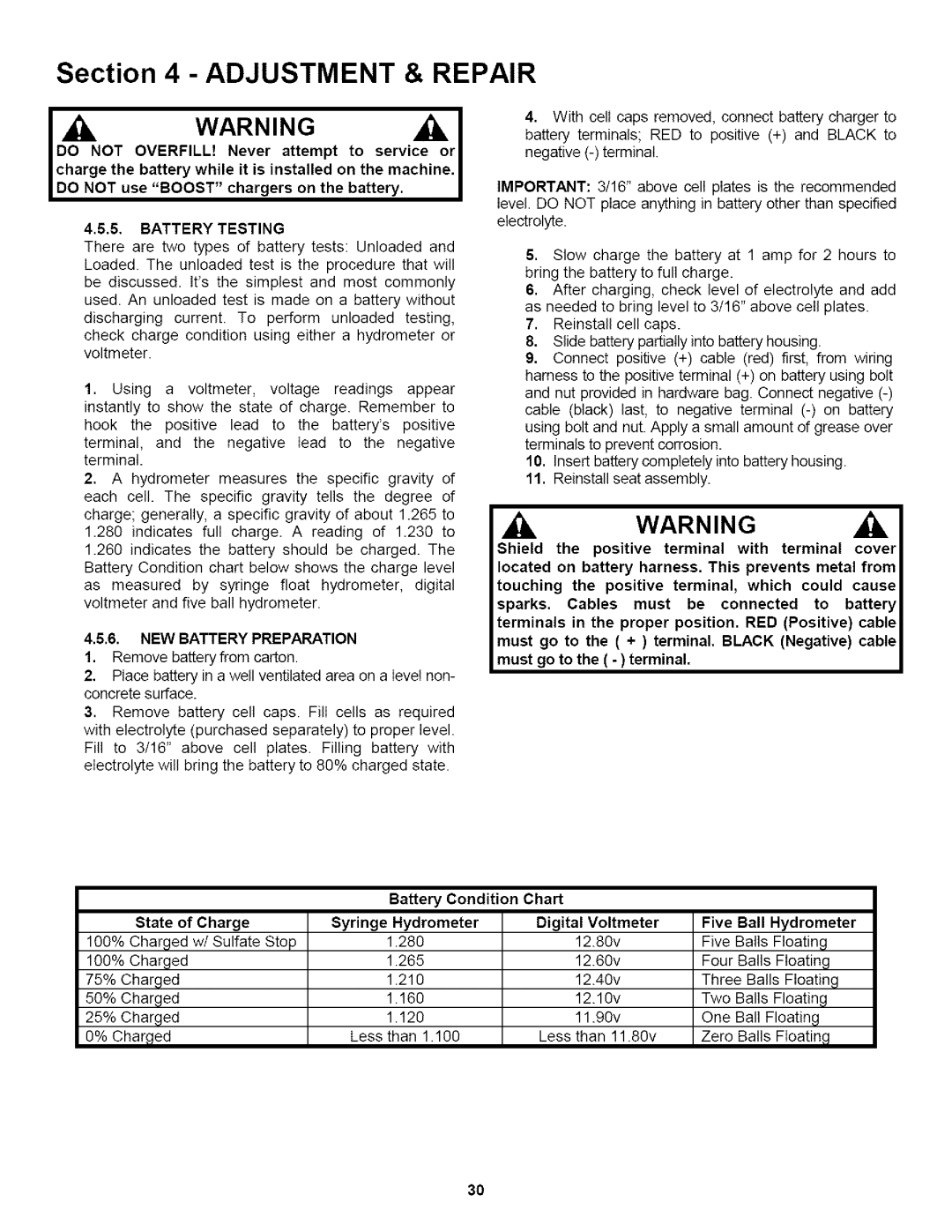LT200H481BV2, WLT180H421BV2, WLT200H481BV2, LT180H421BV2 specifications
The Snapper LT180H421BV2, WLT200H481BV2, WLT180H421BV2, and LT200H481BV2 are versatile riding lawn mowers that cater to homeowners seeking efficient lawn care solutions. Each model is engineered with a combination of power, durability, and advanced features, making them suitable for a variety of yard sizes and terrains.The Snapper LT180H421BV2 is powered by a robust 18 HP Briggs & Stratton engine, providing reliable performance and ease of use. With a 42-inch cutting deck, this model offers a balance between maneuverability and cutting efficiency. The LT180H421BV2 features a comfortable high-back seat, allowing users to enjoy extended mowing sessions without discomfort. Its steering system is designed for effortless control, making it ideal for navigating around trees and flower beds.
On the other hand, the WLT200H481BV2 boasts a more powerful 20 HP engine, paired with a wide 48-inch cutting deck. This model is equipped with a hydrostatic transmission for smooth acceleration and deceleration, allowing for a responsive and enjoyable mowing experience. The WLT200H481BV2 also includes a dual-blade system, enhancing cutting performance and delivering a clean, manicured finish.
The WLT180H421BV2 combines the advantages of its counterparts with an 18 HP engine and a 42-inch cutting deck. This model is designed for both efficiency and power, making it suitable for homeowners with medium to large lawns. Its compact design enables easy storage and maneuverability in tight spaces, while still offering a comfortable operator experience.
Lastly, the LT200H481BV2 features a powerful 20 HP engine alongside a 48-inch cutting deck, representing the pinnacle of Snapper's residential riding mower technology. It incorporates a premium cut quality with its innovative three-blade system. The hydrostatic transmission ensures smooth operation, allowing users to tackle any lawn challenge effectively.
All these models showcase Snapper’s unwavering commitment to quality and innovation, making lawn maintenance a more efficient and enjoyable task. With comfortable seating, ergonomic controls, and durable construction, the LT180H421BV2, WLT200H481BV2, WLT180H421BV2, and LT200H481BV2 are designed for performance and convenience. These mowers truly exemplify the perfect blend of technology and functionality for today's homeowners.

